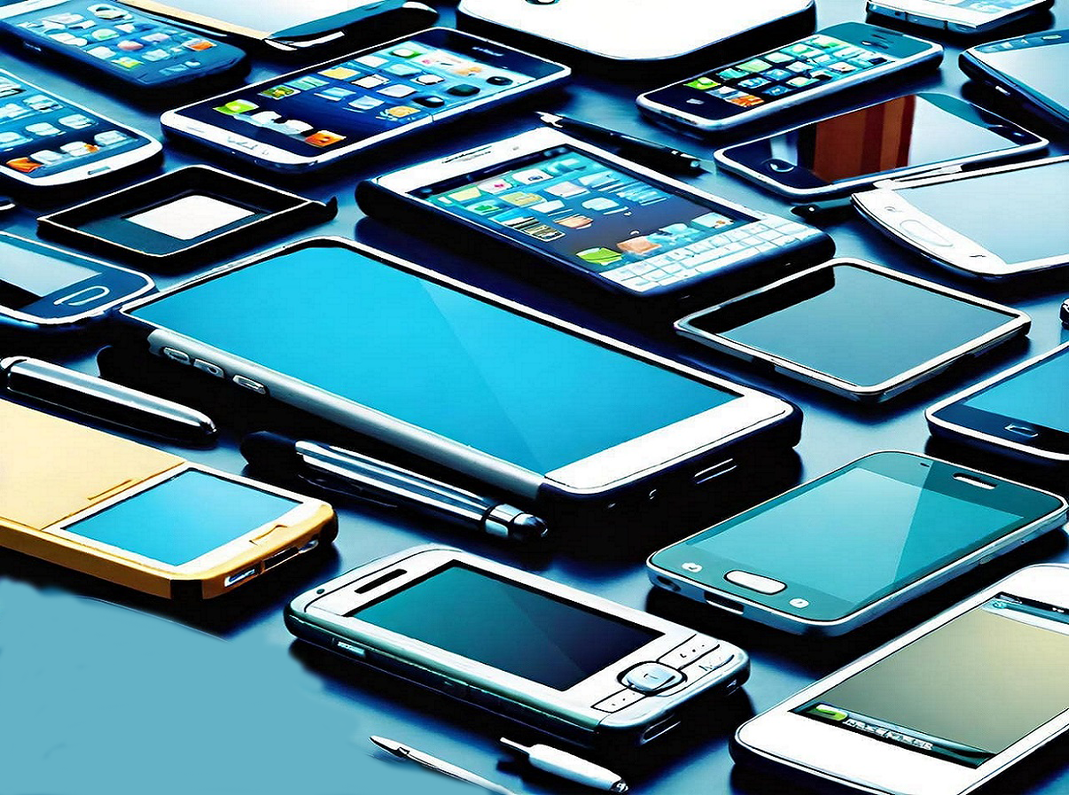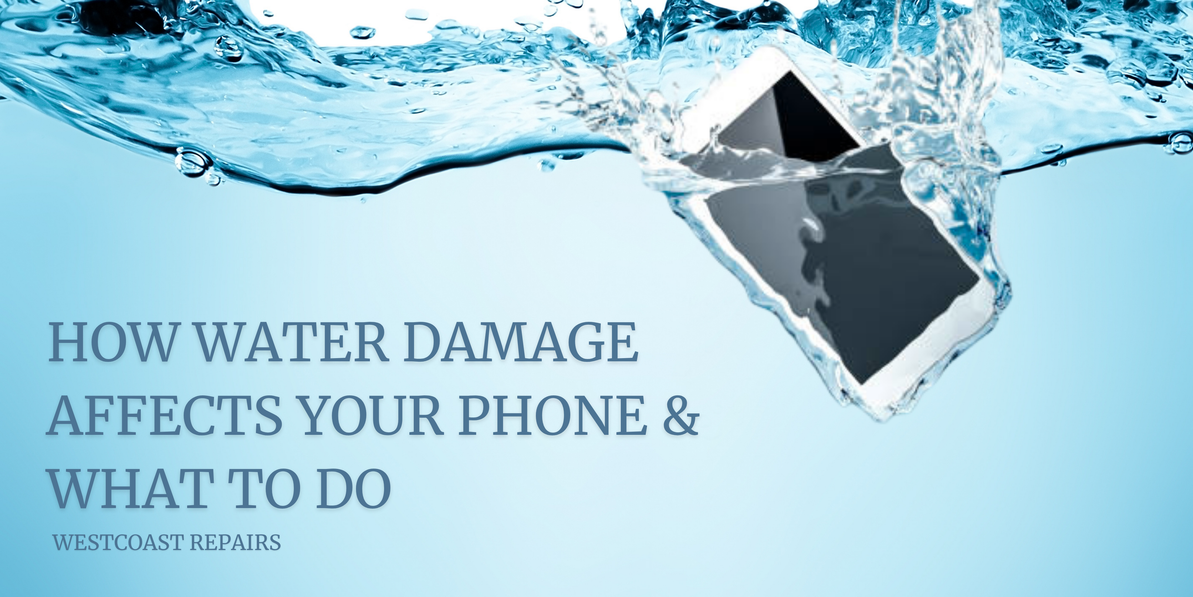Explore How Evolving Smartphone Designs Impact Reparability
From simple changes to micro-engineering, how smartphone design has transformed the repair landscape
Over the last two decades, cellphones have evolved from bulky communication tools to elegant, sophisticated devices that integrate effortlessly into our daily lives. However, as smartphone design has developed, so have the obstacles for specialists and DIY repair enthusiasts.
At Westcoast Repairs, we've seen these developments firsthand, and we stock parts for even the most contemporary equipment. Let's look at how the evolution of smartphone design has impacted reparability and what it means for you.
1.The Shift from Removable to Sealed Components: Early, smartphones and feature phones included replaceable batteries, SIM card ports, and separate panels for easy access.
Now, modern smartphones are completely sealed, with glued-down glass backs and integrated batteries.
Impact on Repair: Battery replacements and interior repairs require specialized tools and heat treatment. During disassembly, internal components are also more likely to be damaged.
Solution: Invest in high-quality tools and original replacement parts, such as batteries and screens from top brands.
Now, many phones have tightly integrated logic boards with connectors and components soldered directly.
Repair Implication: Replacing a charging port may now need logic board-level repairs or micro-soldering skills.
Solution: To minimize time and effort, consider using appropriate pre-soldered modules or expert micro-repair tools.
Now, Apple and other manufacturers use serial number locking and software authentication for components such as Face ID sensors, batteries, and screens.
Impact on Repairs: Aftermarket repairs may cause warnings or limit functions, particularly in iPhones.
Solution: Use serialized components whenever possible and advise customers about trade-offs. To avoid these concerns, Westcoast Repairs provides only the most compatible and dependable parts.
Now, all-glass phones with edge-to-edge displays and thin bezels are the standard.
Repair Implication: Glass is prone to breakage. Edge panels and curved displays are more expensive and difficult to replace.
Solution: Always use quality-tested screens. We stock OEM-equivalent screens for popular manufacturers such as iPhone, Samsung, Oppo, and more.
5. Eco-Friendly Repairs Are On the Rise: Trend: As smartphone designs become less repairable, there is a growing global demand for sustainable repair options.
Opportunities: Repair shops can provide a cost-effective and environmentally friendly alternative to replacing pricey gadgets by mastering modern repair procedures and procuring the necessary parts.
Conclusion:
From foldables to under-display cameras, smartphone designs will continue to change, but so will the resources and skills accessible to anyone who opts to fix them.
Our goal at Westcoast Repairs is to provide the best repair service for every phone model at an affordable price by our expert technicians.
Recent Posts
-
How Water Damage Affects Your Phone & What to Do
Understanding Water Damage in Phones Accidental exposure to water is one of the most common reasons …4th Oct 2025 -
Why Your Phone Overheats | And What You Can Do to Fix It
In today’s fast-paced digital world, our phones do more than ever from video streaming and gaming to …20th Sep 2025 -
MagSafe Explained: How It Works and Why It Matters | Westcoast Repairs Australia
MagSafe Explained: How It Works and What You Need MagSafe has quickly become one of Apple’s most exc …13th Sep 2025




